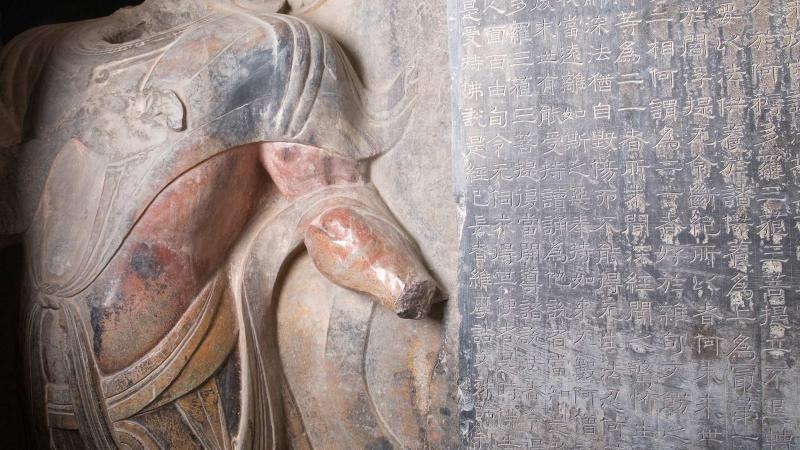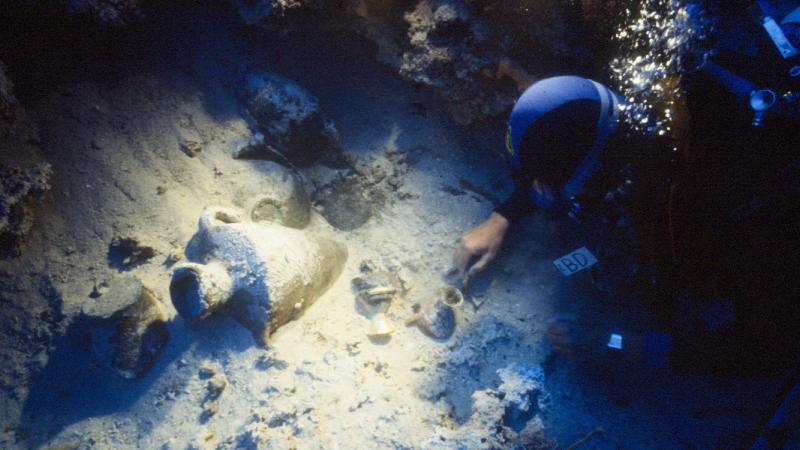Nestled between fashionable new galleries and hip cafes that have sprung up on New York’s Lower East Side stands 97 Orchard Street, a five-story red brick building. Its black iron steps don’t lead to glossy new condos, but to a living history museum dedicated to chronicling the days when the neighborhood was a mecca for immigrants who had just landed in New York.
The Lower East Side Tenement Museum was founded in 1988 by Ruth Abram and Anita Jacobson. For two years, the duo searched for a building that hadn’t been radically altered over the years to meet New York’s evolving housing laws. Then they stumbled on 97 Orchard, which was built in 1863. Other than a storefront in the basement, the building’s upper floors had been vacant since 1935, when the owner refused to update the hallways and stairwells to fire code.
By peeling back layers of wallpaper, poking under fraying floorboards, and mining local archives, the museum discovered that 7,000 immigrants from 20 countries had called the tenement home. The top four floors were carved into an assortment of apartments, some measuring only 325-square feet. There was no indoor plumbing until the late 1800s, and, in some cases, no access to fresh air. The cramped conditions such as at 97 Orchard helped turn the Lower East Side into the most densely populated neighborhood in the world at the beginning of the 20th century.
In 1992, the museum opened its first restored room, capturing the life of the German-Jewish Gumpertz family, circa 1878. Over the next two decades, $3,064,104 in NEH grants helped the museum restore other rooms and grow into a bustling exhibit space with extensive educational programming. A 1996 NEH matching grant helped the museum raise $900,000 to purchase the building. A 2002 NEH matching grant raised $2 million, providing a foundation for the museum to develop new programs and exhibitions, consult with scholars, and improve how it managed its collections. In 2007, the museum expanded to include 103 Orchard, which houses a visitor’s center, classrooms, and additional exhibition space.
The museum now offers six tours, along with a tour and discussion series, that focus on a particular aspect of the building’s life. The “Shop Life” tour, for example, explores the family-run businesses that operated in the basement. They ranged from a German saloon to a kosher butcher to a purveyor of discount underwear. The tours are conducted by museum educators, who are well versed in the history of the building and its people, and also adept at getting visitors who have never met to share stories about their families’ immigration experiences.
Tenement life was crowded, something that becomes very apparent when 12 people in bulky parkas file into the small space on a cold winter morning. The tight quarters necessitate keeping the tours small, but that intimacy offers the opportunity to take in the details of the rooms: the shape of the stove, the dimness of the light, items from the old country, and artifacts from the new. For a moment, you can imagine adding coal to the fire or striking a match to light the room.
Written by Meredith Hindley, senior writer for Humanities.


